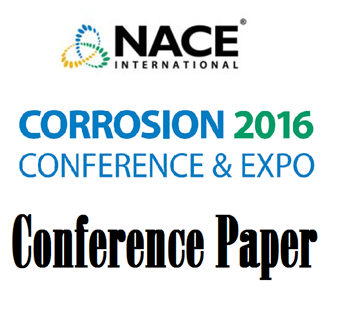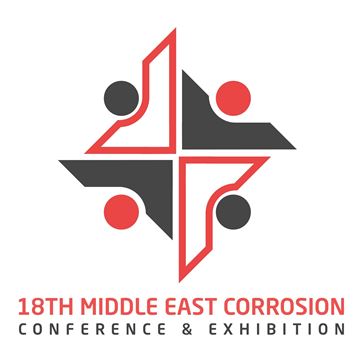Search
Products tagged with 'adhesion'
View as
Sort by
Display
per page
10002 Failure Analysis of Three Layer Polypropylene Pipeline Coatings
Product Number:
51300-10002-SG
ISBN:
10002 2010 CP
Publication Date:
2010
$20.00
11036 Low Temperature Mechanical Properties of Passive Fire Protective Coatings
Product Number:
51300-11036-SG
ISBN:
2011 11036 CP
Publication Date:
2011
$20.00
51316-7312-Changes in Test Methodology to Reflect the Changes Within the Oil and Gas Linings Market
Product Number:
51316-7312-SG
ISBN:
7312 2016 CP
Publication Date:
2016
$20.00
51318-10487-Evaluation of Coating Systems to Address Pitting Corrosion of 316 Stainless Steel for Offshore
Product Number:
51318-10487-SG
Publication Date:
2018
$20.00
A High Performance Solvent Free Epoxy Coating Which is Applicable for High Temperature Immersion Environment
Product Number:
MECC23-20000-SG
Publication Date:
2023
$20.00
A Novel, 100% Solids, Zero VOC Coating System for Long Lasting and Maintenance Free Foul Release and Inhibition
Product Number:
41211-610-SG
Publication Date:
2011
$20.00
Adhesion Tests and Failure Modes Study on Structural Steel Coatings
Product Number:
41213-771-SG
Publication Date:
2013
$20.00
Assessment of Marker Pens for Compatibility with Tank Linings: Implications for Performance
Product Number:
51324-20783-SG
Publication Date:
2024
$40.00
Bio Based Waterborne Floor Coatings with Enhanced Flow, Appearance, and Early Hardness Development
Product Number:
41215-900-SG
Publication Date:
2015
$20.00
Building Wall and Coating Condition Evaluation
Product Number:
41214-810-SG
Publication Date:
2014
$20.00
Challenges Linked to Use of Hybrid Coatings in the Offshore Sector
Product Number:
41210-526-SG
Publication Date:
2010
$20.00
Decontamination Chemical Compatibility With Protective Coatings
Product Number:
51322-18153-SG
Publication Date:
2022
$20.00
- 1
- 2












